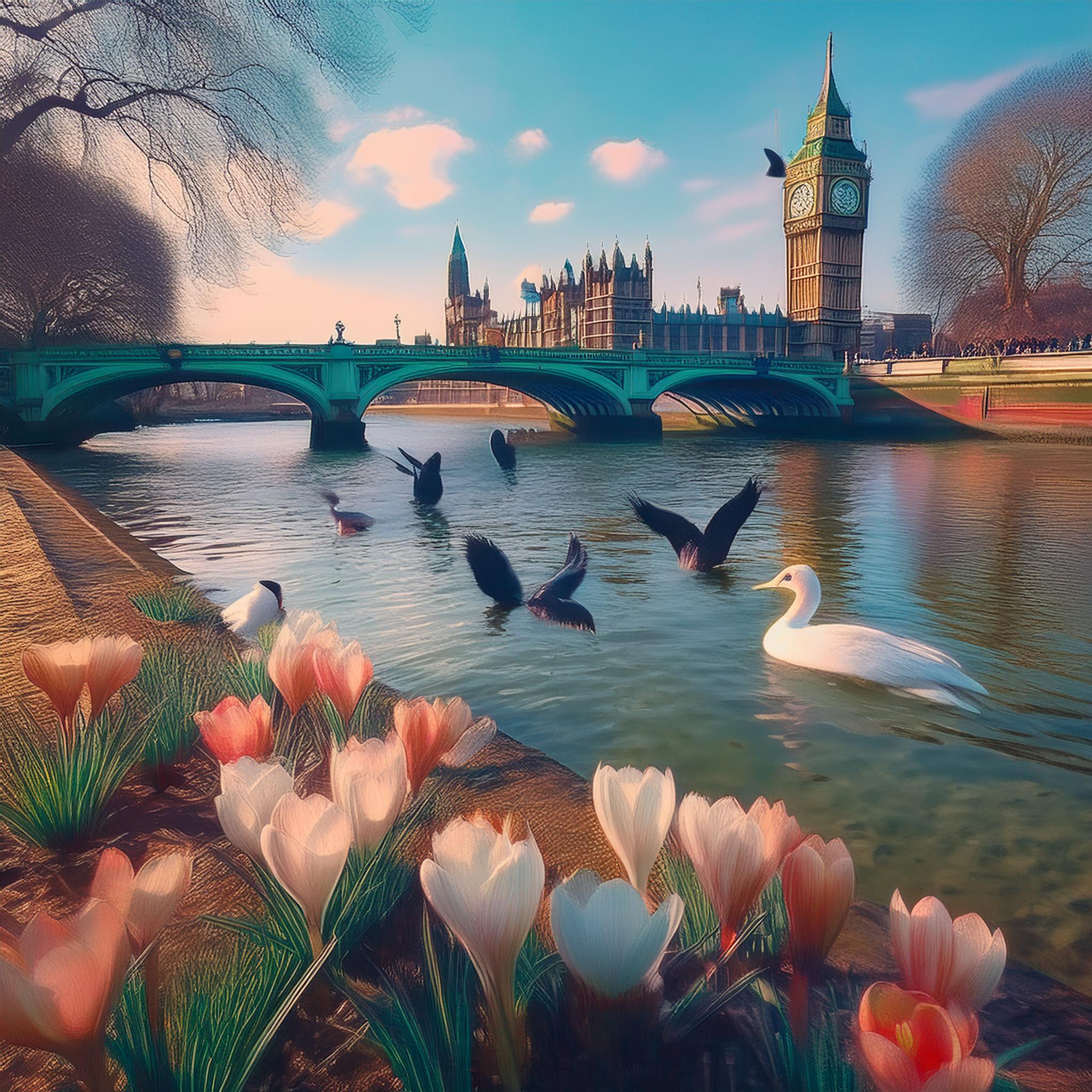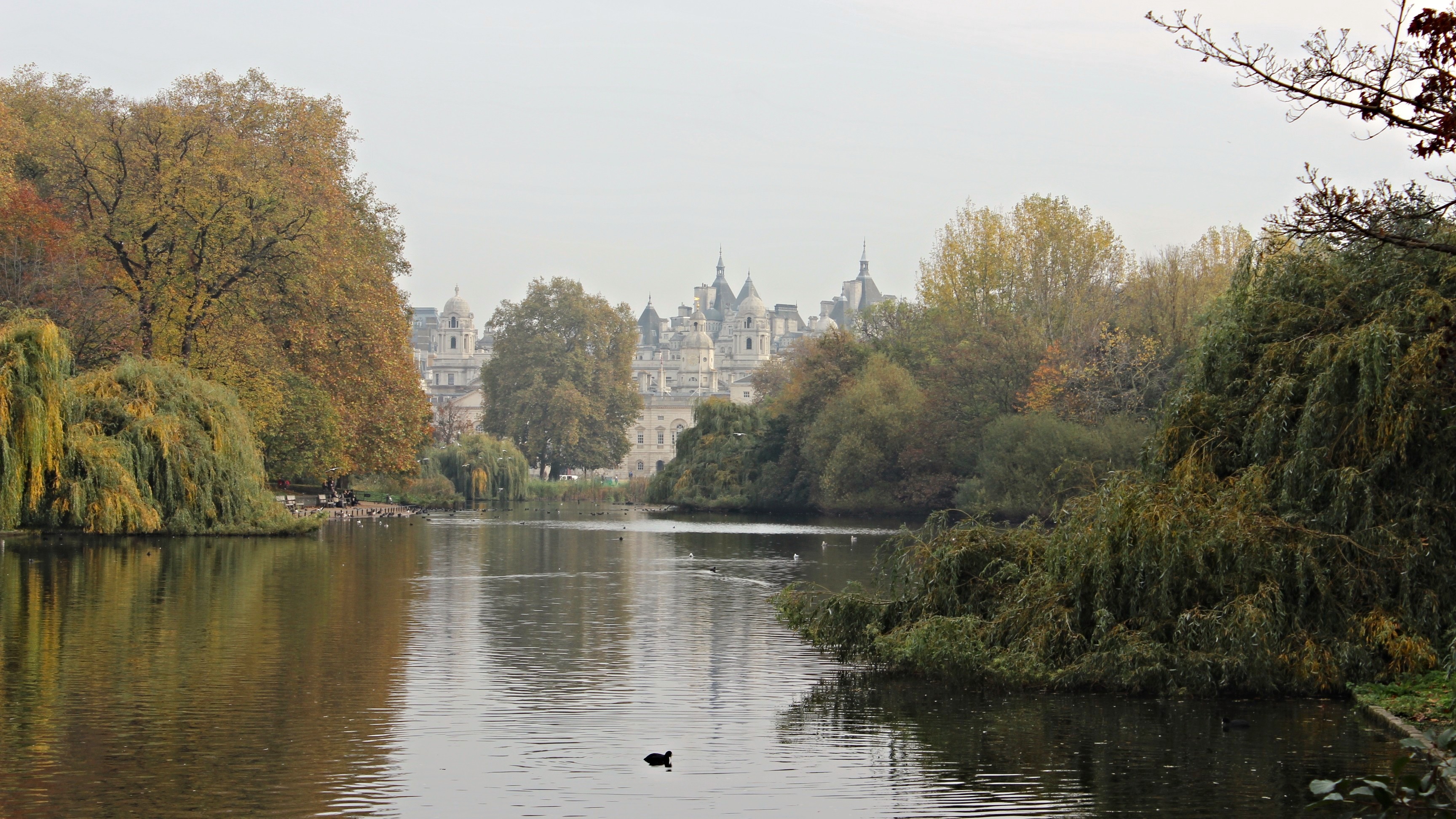On March 1st, explore the dynamic transition from winter to spring in March Winds and Spring Awakening. Discover how the changing weather patterns and increasing daylight bring a surge of new life, from the first crocuses and primroses to the return of migratory birds like the chiffchaff. Learn about the fascinating interplay between warm days and cold nights, and how this affects the natural world around us.
Join us for an insightful journey through the early signs of spring. Whether you're a nature enthusiast or simply curious about the seasonal changes, this article will captivate and inspire you.
January is associated with frost and snow, February with rain and flood, and March with wind. The Anglo Saxon name for the month translates as loud and strong. Islands are particularly susceptible to variable weather and the British Isles is no exception. Sometimes March is windy and in other years it is not. Sometimes it “comes in like a lion and goes out like a lamb” and in other years it is quite the reverse. Warm days and cold nights are a much more typical feature. South-facing walls in the middle of the day can even reach twenty degrees Centigrade. Consequently, there is a flush of new insects encouraged out of hibernation. Bees and wasps can now be seen prospecting holes and crevices for suitable sites to raise a family.
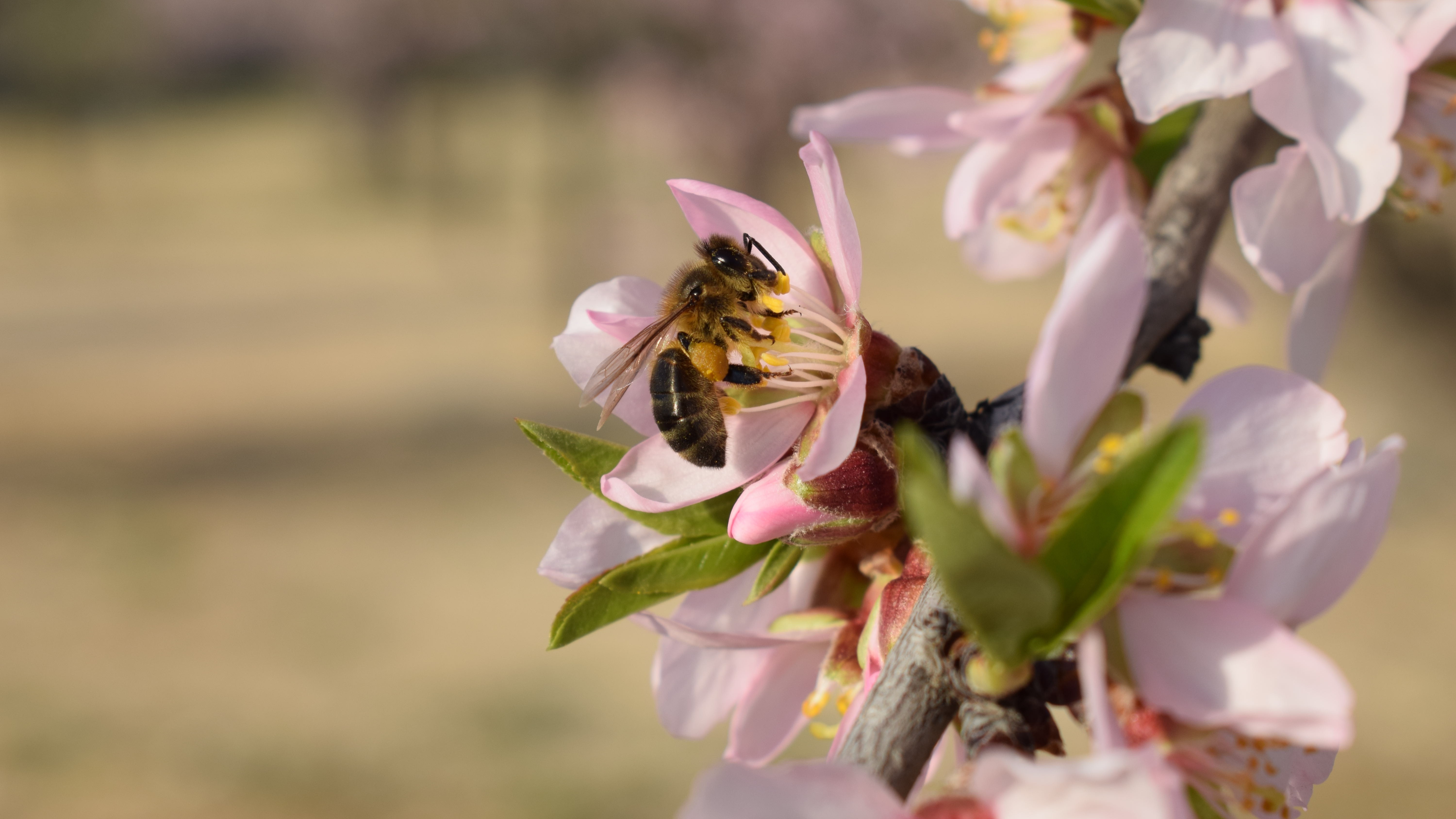

March also brings the first day of spring. For some this is March 1st and for others March 23rd. Throughout the month there are many indicators that spring has arrived. Crocuses are, for many, the main announcement. The primrose, the first rose of spring, is another significant floral indicator. At some point, usually towards the end of the month, there is a great surge in plant growth. Over a short period of time suddenly there seems to be fresh, bright, green growth everywhere. Many March flowers open simultaneously at this time. At the vernal equinox, March 21st, the days are once again the same length as the nights, and the sun is rising precisely in the east and setting just as perfectly in the west. This is said to be the best time to lay seed down as there is a greater chance of success, the coldest days now being over. For the naturalist and many others the first day of spring varies from year to year. It is that first warm sunny day that Londoners comment on all the new flowers and that the birds are singing more. To some extent this can be predicted. If cold north and east winds are replaced by southerlies bringing in a high this may well cause all the excitement. Nevertheless all Londoners rejoice at the increase in light.
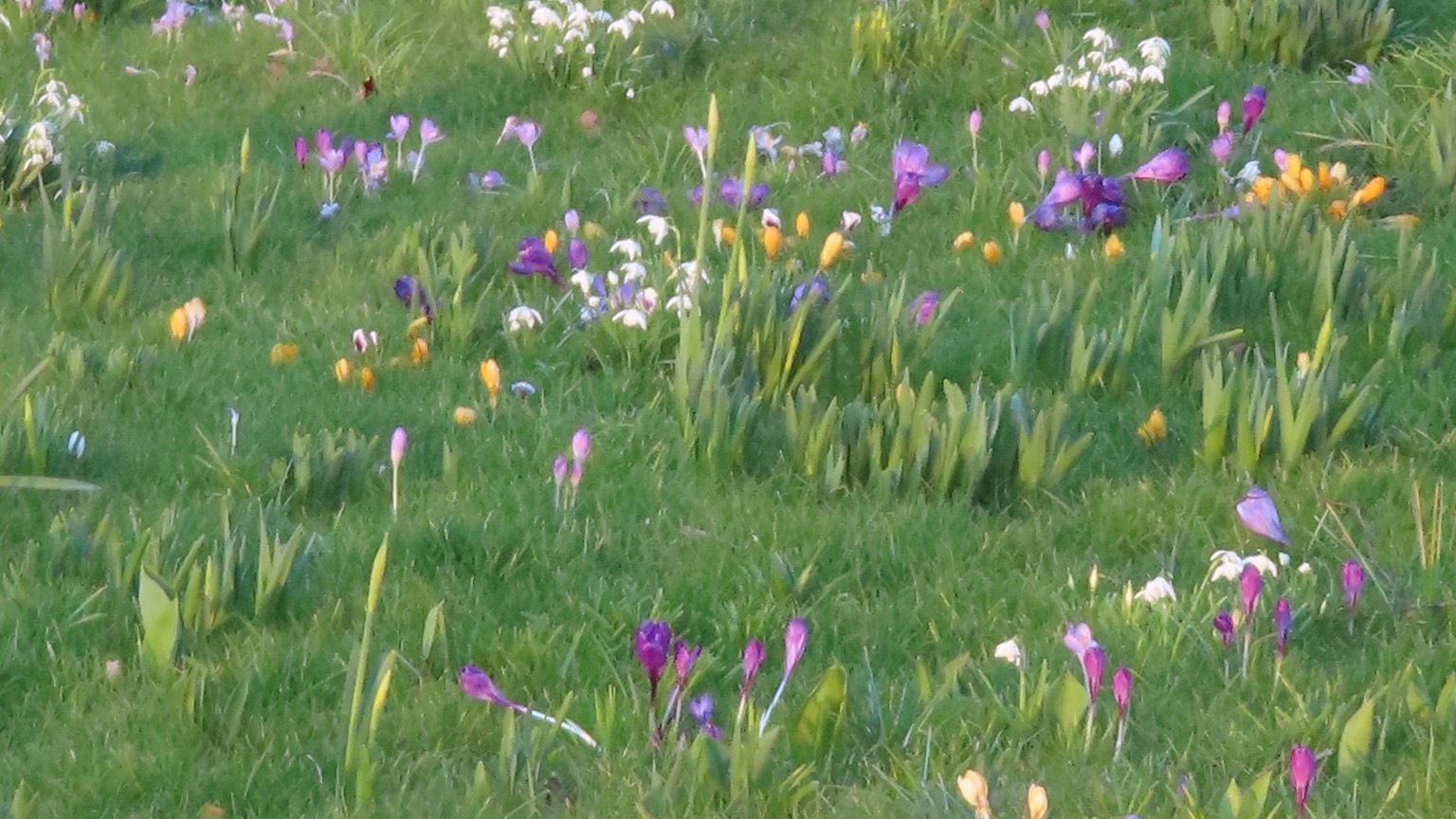
The time just before the trees start to burst bud is one of the best for birdwatchers, as birds are in fine colour, many are courting, they are a lot more vocal and far less secretive.
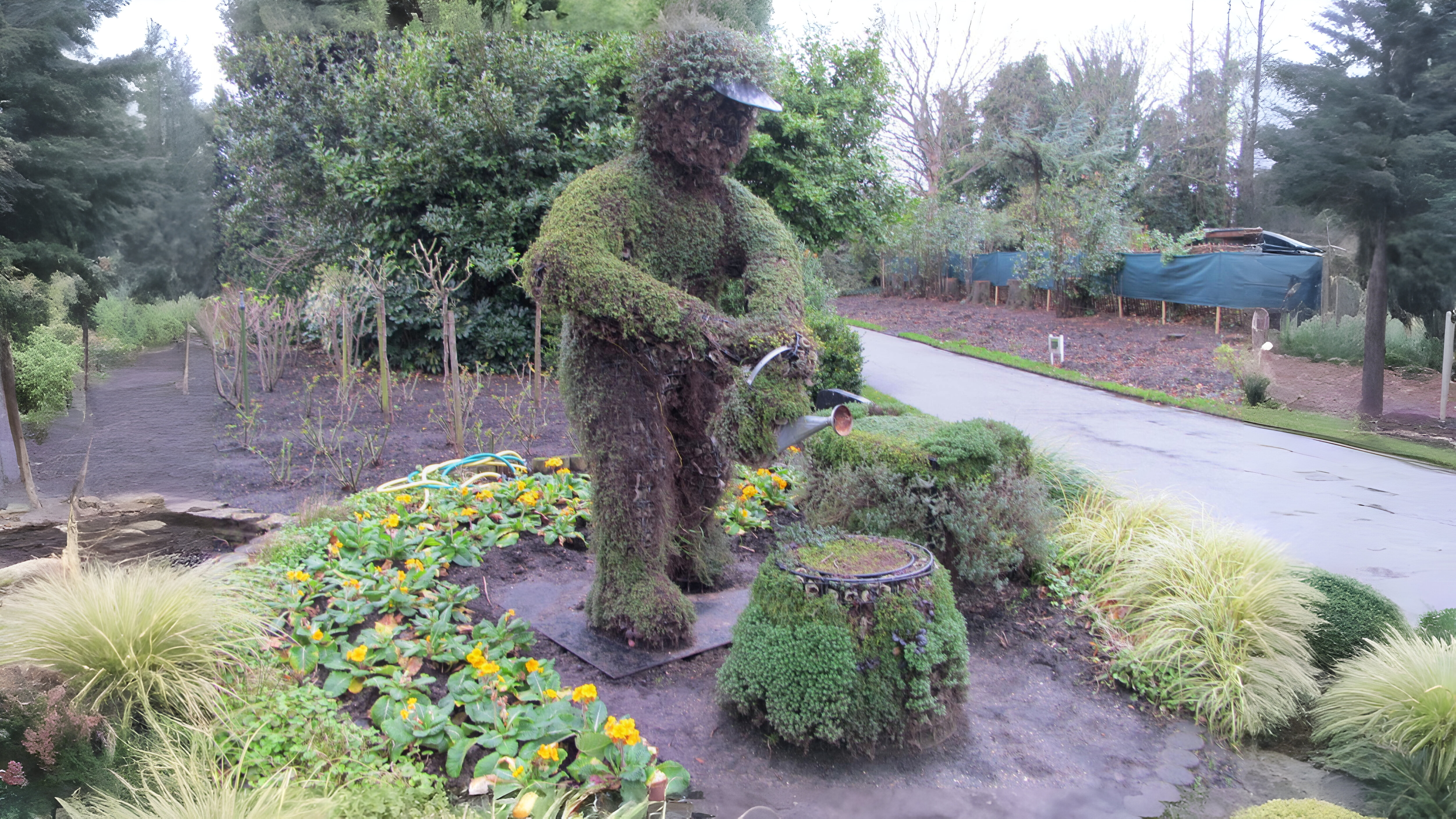
Towards the end of the month the first of our summer visitors, the chiffchaff, will be returning. For many, the days that span the end of March and the start of April are the finest of the whole spring. With central London being that little bit warmer than the outskirts, a walk around St James’s Park usually steals a march on its arrival.
